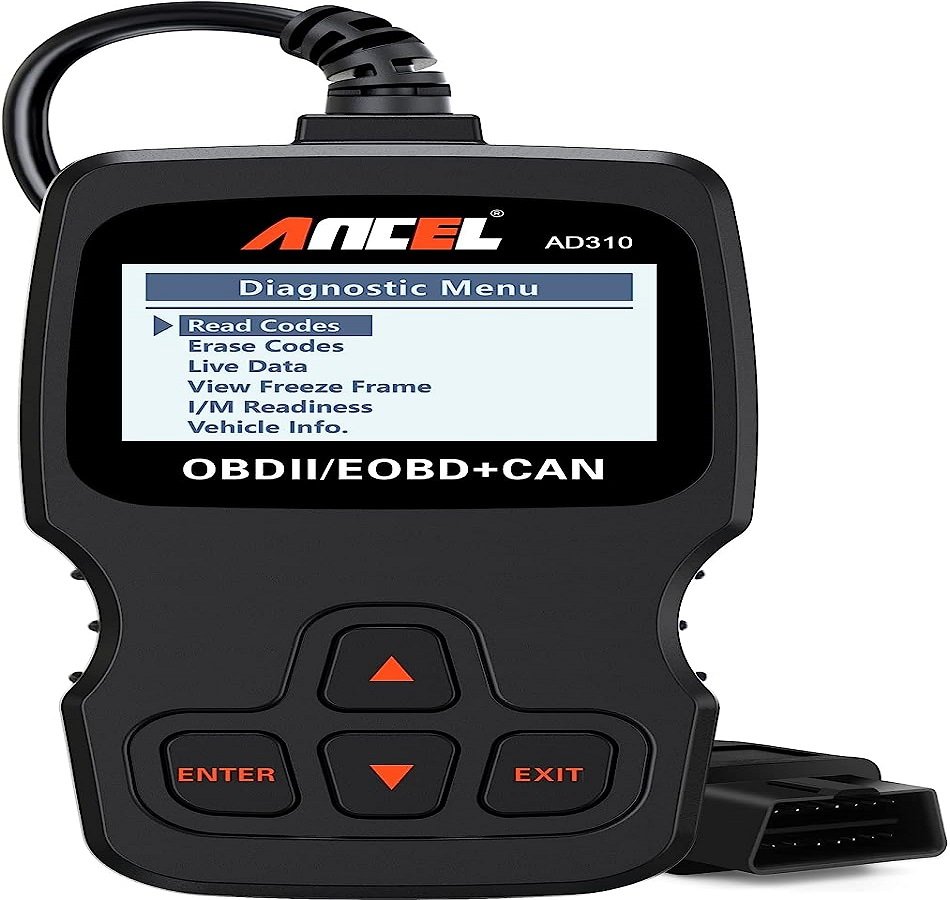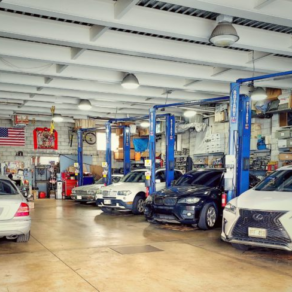
As a mechanic and auto shop owner, I’ve put together some essential advice for anyone interested in buying a used car but lacking automotive knowledge. The most reliable approach is to have the vehicle thoroughly inspected by a professional at an auto shop before making a purchase. Emphasis on before you buy it. It’s surprising how often customers come to my shop for an inspection after they’ve already made the purchase—only to discover significant issues that could have been avoided. Spending around $150 on a pre-purchase inspection is a small price to pay compared to potentially dealing with thousands of dollars in repairs. However, if a professional inspection isn’t feasible, here are some tips to help you avoid buying a lemon:
To save thousands on car repairs, start by purchasing an affordable OBD scanner/reader. You don’t need to invest in an expensive model; even a basic one will suffice. A popular and effective option is a Bluetooth OBD reader paired with the TORQ app on your phone.
Take some time to practice using the scanner on a few cars. While some of the procedures might seem daunting at first, repeated practice will help you become familiar with the process, making everything easier to understand. With regular use, you should be able to complete all necessary diagnostics with the scanner in under five minutes.

Remember, you don’t need to worry about reading and interpreting complex data. The key is consistent practice, which will enable you to handle these tasks with ease and potentially save a significant amount of money on repairs.
The primary task when using an OBD scanner is to check for codes in the engine and transmission Electronic Control Units (ECUs). An ECU, or Electronic Control Unit, is essentially the computer that manages either the engine or the transmission. These units are sometimes referred to by other names:
- ECM (Engine Control Module): Manages the engine.
- TCM (Transmission Control Module): Manages the transmission.
In some vehicles, a single unit known as the PCM (Powertrain Control Module) oversees both the engine and the automatic transmission. While the PCM is a single physical device, it logically functions as two separate computers. Therefore, when you connect your scanner to a PCM, you will still see two distinct options: one for the engine and one for the transmission.

It’s important to note that vehicles with manual transmissions do not have a transmission control computer. Thus, if you drive a manual, you will only interact with the engine ECU/ECM.
Understanding these terms and the structure of the control units will help you effectively use your OBD scanner to diagnose and resolve issues in your vehicle.
When you connect your OBD scanner to the engine and transmission control units, there should be no error codes in either module. If you do find codes, it indicates a potential issue that could range from minor to major. While you can Google the codes for more information, if you’re unsure of their meaning, it’s safest to walk away from the vehicle.
If your scanner has advanced features, you can also check other modules for codes. However, especially in newer European cars, it’s common to find obscure codes in less critical modules, which usually aren’t problematic. Focus primarily on the engine and transmission codes. Additionally, make sure that the ABS (Anti-lock Braking System) and SRS (Safety Restraint System, which includes airbags and seat belts) modules are free of lingering codes.

It’s crucial to perform a second scan after test driving the vehicle. Sellers might reset codes to conceal issues, and these codes could reappear during your test drive. Checking the codes again after driving ensures you catch any problems that were temporarily hidden.
Use the scanner to check the monitors on the engine ECU (Electronic Control Unit). These monitors are a series of self-checks that the ECU performs on the engine to ensure everything is functioning correctly. All applicable monitors should be set to “passed” or “complete.”
Monitors are reset when you clear the check engine light or disconnect the battery. If not all monitors have passed, it could indicate that the seller has recently reset the check engine light to hide a problem, or that there’s an issue preventing the monitors from completing. This is a red flag, and it’s best to walk away from such a vehicle.
Completing all monitors can take many miles and sometimes several days of driving. This period provides a window of opportunity to detect if someone is attempting to conceal an issue. By checking the monitors, you can better ensure that the vehicle is in good working order and avoid potential hidden problems.

